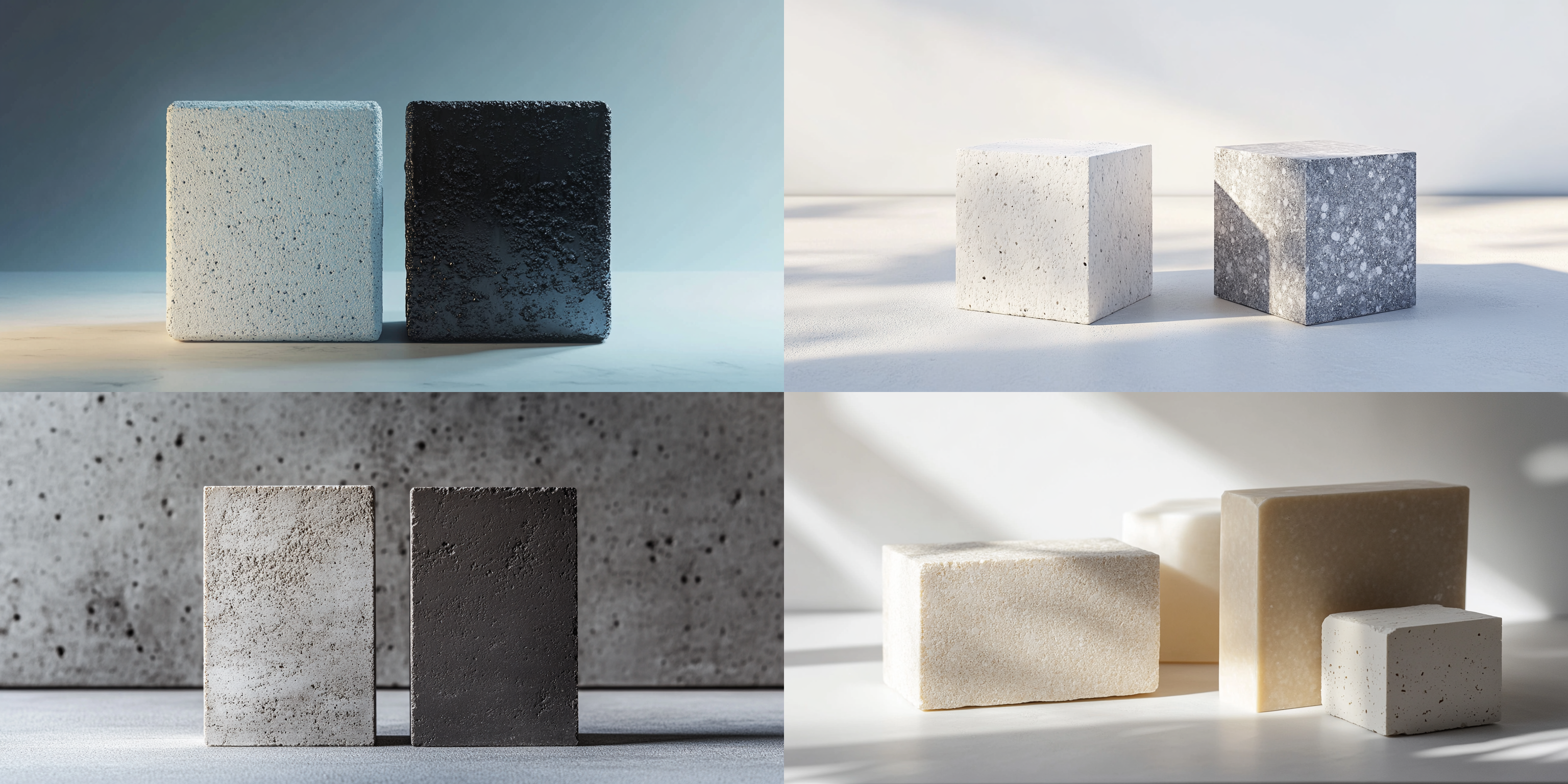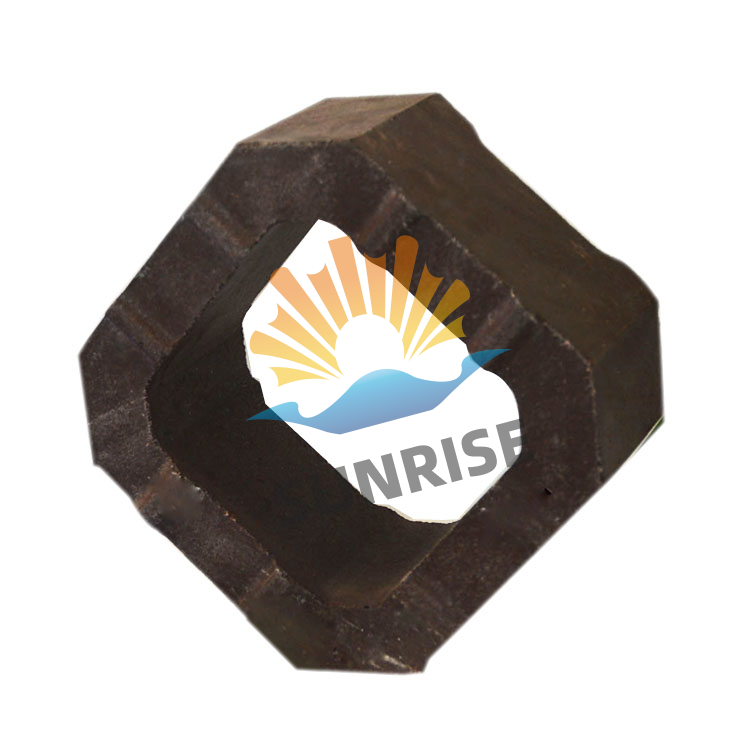
In the high - temperature industrial landscape, magnesia chrome bricks play a crucial role. They are widely used in various industries where high - temperature resistance is essential. Traditional magnesia chrome bricks are typically manufactured through a process that involves mixing magnesia and chrome ore, followed by pressing and sintering at high temperatures. This process results in bricks with certain refractory properties.
Non - fired magnesia chrome bricks, on the other hand, are made without the high - temperature sintering step. They are known for their relatively simple manufacturing process and lower cost. However, they also have limitations. For example, their high - temperature strength is relatively low, with a compressive strength of only about 30 - 40 MPa at 1400°C, compared to the higher - strength alternatives. Their corrosion resistance is also limited, which restricts their use in some harsh industrial environments.

Direct - bonded magnesia chrome bricks offer significant improvements over non - fired magnesia chrome bricks. One of the most notable advantages is their high - temperature strength. At 1400°C, the compressive strength of direct - bonded magnesia chrome bricks can reach up to 60 - 80 MPa, which is nearly double that of non - fired bricks. This high strength allows them to withstand greater mechanical stress in high - temperature industrial processes.
In terms of corrosion resistance, direct - bonded magnesia chrome bricks are also superior. They can resist the corrosion of various slag and molten metals. For example, in a slag environment with a basicity of 1.5, the corrosion rate of direct - bonded magnesia chrome bricks is only about 1 - 2 mm/year, while non - fired bricks may have a corrosion rate of 3 - 5 mm/year.

In the metallurgy industry, direct - bonded magnesia chrome bricks are widely used in steelmaking converters, electric arc furnaces, and ladles. In steelmaking converters, the high - temperature strength and corrosion resistance of these bricks can ensure the long - term stable operation of the converter lining, reducing the frequency of lining repairs and replacements. For example, in a large - scale steelmaking converter, using direct - bonded magnesia chrome bricks can extend the lining service life from 1000 - 1200 heats to 1500 - 1800 heats.
In the glass industry, direct - bonded magnesia chrome bricks are used in the melting tanks of glass furnaces. They can withstand the high - temperature erosion of molten glass and the chemical attack of glass batch materials. This helps to maintain the integrity of the furnace structure and improve the quality of glass products. For instance, in a float glass furnace, using direct - bonded magnesia chrome bricks can reduce the glass defect rate from about 3% to 1 - 2%.
.jpg)
A well - known steel manufacturing company in Europe had been facing challenges with frequent lining replacements in their electric arc furnaces, which led to high production costs and downtime. After switching to direct - bonded magnesia chrome bricks, they witnessed a remarkable improvement. The lining service life increased by 50%, and the production efficiency improved by 20%. The company also reported a significant reduction in maintenance costs, which directly contributed to an increase in their overall competitiveness.
In conclusion, direct - bonded magnesia chrome bricks are an ideal refractory material for enterprises aiming to enhance their competitiveness in the high - temperature industrial market. With their excellent high - temperature strength, corrosion resistance, and long service life, they can significantly reduce production costs and improve production efficiency.
If you are interested in learning more about our direct - bonded magnesia chrome bricks or would like to discuss your specific requirements, please contact us today. Our professional team is ready to provide you with detailed information and customized solutions.

